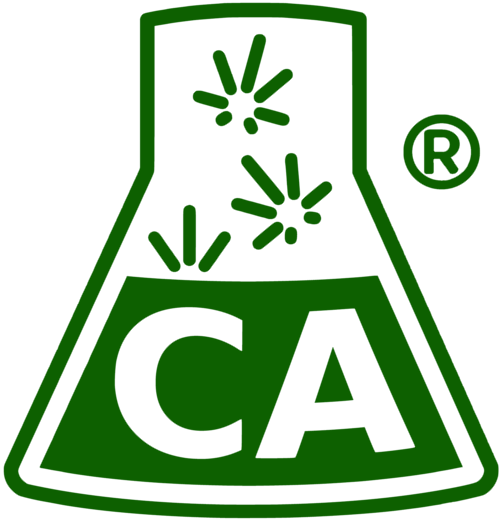My extract has way more pesticides than the trim/flower I purchased – how is that possible?
While there isn’t a lot of published data about how different pesticides may concentrate in the extraction process, there have been presentations discussing general trends of pesticide concentration at the Emerald Conference. The general consensus is that a roughly 10-fold concentration of pesticide residues should be expected compared to the residue concentration in the starting material. Most pesticides in common use are soluble in the same solvents that cannabinoids are – butane, CO2, ethanol, etc.
This 10X should be considered a rule of thumb. Flower and trim may concentrate pesticide residue differently – consider the form of the starting material itself. Trim has a low cannabinoid content, but a larger amount of exposed surface area, so it is reasonable to assume a relatively large ratio of pesticide residue to cannabinoids. Flower, especially if very dense in structure and tightly trimmed, has a much larger cannabinoid concentration than trim, and also has less exposed surface area; thus it makes sense that a flower extract will have a lower ratio of pesticide residue to cannabinoids. Exactly how wide the gap is between the results of using either starting material is unknown – we would love to find out! Regardless, it seems from this thought experiment that a nug run would be favorable to a trim run. Isn’t that always the case?
It is also our experience that distillate fails more often than other forms of concentrates. This could be due to something inherent in the physics of the distillation process, or it could be because distillate more often originates from low-quality starting material. Conversely, we see low failure rates in rosin.
The safest bet is to not apply any limited or banned pesticides to your own plants, and to test any material for pesticides before you buy it to make oil. A single pesticide test before extracting is a lot cheaper than buying a contaminated lot!
